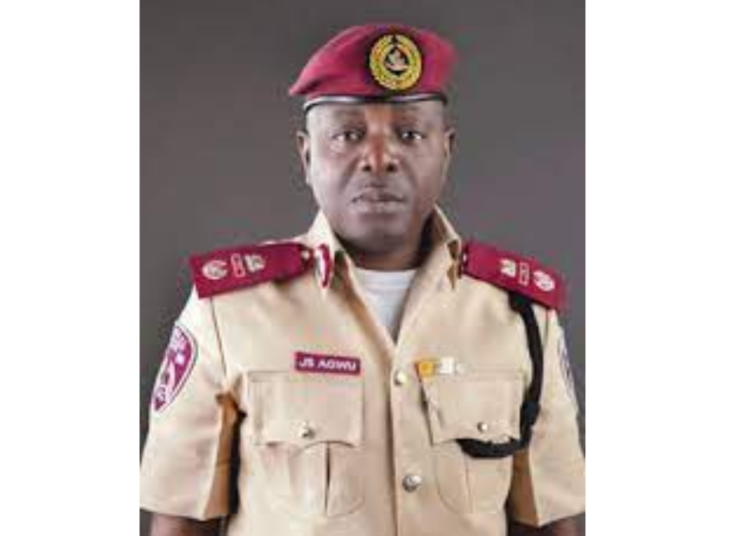In about sixty days, the frenzy will begin. Another Christmas. Another season of celebration. Another season for all kinds of unhealthy mannerisms behind the wheel, I ask you, do you have a safety plan before the seasonal madness? Last week, I alerted you to tyre dangers. Always remember that tyres are the only parts of a vehicle that make direct contact with the road.
Yet, tyres are often the most neglected components when it comes to vehicle maintenance. Tyre care is about safety, fuel efficiency, and smooth driving. My piece, ‘My Encounter with Mufu the Vulcanizer’, details the value of a tyre. So, too did the one captioned, ‘Musings on tyre blow-outs’. Tyres influence vehicle handling, braking, acceleration, and overall stability.
So, do not toy with your tyres before any journey. Beware of incorrect tyre pressure; the number one cause of tyre blowouts, sudden tyre failures, and premature tyre wear, even if the tyres are brand new. Your priority is to ensure your tyres are standard tyres. Please, don’t toy with substandard tyres which I hope to treat next week.
Ensure you do not drive fatigued. Fatigue remains a hidden killer. Many have died in the name of tyre burst, speed, and dangerous overtaking, when in fact, the real factor may have been fatigue that was ignored as nothing serious.
So, what is fatigue? According to safety experts, a combination of any of the following warning signs means the driver is becoming fatigued: Yawning. Eyes feeling sore or heavy. Vision starting to blur, daydreaming-thinking of everything else but not your driving. Not concentrating, becoming impatient, reactions seem slow or speed creeps up and down.
Others include making poor gear changes, wandering over the center line, or onto the road edge, feeling stiff or cramped, you start ‘seeing things’, you feel hungry or thirsty, you have difficulties keeping your head up or eyes open, you hear a droning or humming in your ears or you don’t notice a vehicle until it overtakes you.
When you notice these signs, please don’t ignore them. Don’t activate your prayer skills. Don’t plead the blood of Jesus either. Don’t even bother binding the innocent devil. Don’t blast in unknown tongues. Don’t blame the ‘innocent’ devil. Neither your in-laws nor your angry landlord. Don’t carpet go to the government for the bad portion of the road that is yet to be fixed. All you need is good rest. If you need more on fatigue, please read the ‘Sleeping Killer’, published 9th August 2025.
Despite efforts by the Federal Road Safety Corps, are you one of those who indulge in overloading, which is not abating? A handful of critical crashes are caused by overloading of trailers with passengers, goods and animals. During this season, both commercial and private car drivers strive to outdo each other in the name of profit-making or pleasure for the season.
Night trips have resurged as travelers seek cheaper travel patterns. I know that the Corps has mounted a consistent campaign against this. I have also written several times on this death wish, yet the apostles of night travel keep canvassing reasons why they can never give up their free choice, which cannot be restricted by law.
There is no legislation anywhere in the world that prohibits night travel. However, the FRSC has mounted a consistent campaign against night travel. While the Corps appreciates the rights of individuals in a democracy, the Corps, in keeping with the peculiar Nigerian situation, continuously raises awareness on the dangers involved.
Although few accidents occur at night, as I have highlighted in this column, available data shows that heavier fatalities and casualty rates usually occur. But why is FRSC concerned about night travel? We are concerned for several reasons, ranging from the fact that rescue operations are minimal and most often non-existent at night. Despite boasting of over one hundred and fifty ambulances nationwide, more ambulances are needed to improve response time to crashes.
Consequently, because access to emergency services is poor, death before arrival at the hospital is usually high. In many cases, the availability of ambulances becomes a hindrance, forcing road crash victims to rely on passersby for help. Lack of prompt medical interventions and long difficult journeys to hospitals reduces the chances of survival
Visibility is another problem. Globally, it is recommended that improving the visibility of road users is one of the specific interventions that can yield good results. Seeing and being seen are fundamental prerequisites for the safety of all road users and there are several ways of enhancing visibility.
The use of extra reflectors on the vehicle or light reflective vests of the thin plastic material is also recommended by the United Nations and is contained in the National Road Traffic Regulation, 2004. Illuminating crosswalks, including the flood lighting of pedestrian crossings and increased illumination at crosswalks, are also recommended strategies.
For your information, there are reports that indicate that some of our road signs and markings in terms of their shapes, colour, and reflectivity do not meet international standards. The consequences are that driving is made more difficult and hazardous because of the absence of the appropriate road furniture to guide motorists at night and in bad or poor weather.
The result is the recourse by fleet operators to violate the provision of the traffic regulation by fixing extra lights, which has led to avoidable crashes and deaths. This is why FERMA opined that if maximum reflectivity is maintained in our pavement markings, signs, and delineators, there would be an increase in nighttime and poor-weather safety on our roads, and ultimately fewer crashes, injuries, and fatalities may be recorded.
Retro-reflectivity is a critical element that has helped the US Department of Transportation achieve its safety goals of reducing fatality by 20 percent.
Inadequate visibility because of environmental factors, which makes it hard to detect vehicles and other road users, and poor eyesight of road users, are all listed as factors influencing crash involvement. All these are prevalent among nighttime operators.
Another factor is the excessive speed at which night buses drive. The National Road Traffic Regulation, 2012 is explicit in the speed limit of 90km/hr for buses and taxis on expressways. How many of such buses truly drive at 90km/hr, and how many of us really worry about such speeds even when some of these drivers do so under the influence of alcohol and even illegal drugs? Yet we delude ourselves that we can never be victims.
Child safety should be another priority. The traffic regulations make it mandatory to transport children, especially children under 12 years, in properly restrained rear seats. It warns that airbags can injure or kill young children travelling in front seats.
However, it is ironic that most parents, including the educated and exposed, deliberately refuse to restrain children under 12years. Some claim that it is not being enforced. It is common to see such children lapped, sometimes standing in the front seats during festive seasons and even during school runs. This is risky





